KL,
Go search the archives of killietalk and look for the postings on this subject by Barry Cooper. Prof. Cooper teaches veterinary pathology, and has come up with a solid and simple procedure for ridding your fishroom of glugea.
One thing to understand is that it is carried right through the egg development in the peat, and can rapidly infect new hatchlings. Hence it can crop up when you least expect it. Quickly spooning out babies as they hatch, and transferring with minimal water to new containers seemed to prevent "next generation" infection for Robert Nhan. Seems difficult and tedious to me.
BTW, this is the first report I recall of it in any killy genus that wasn't a Notho. Probably has happened and I just was unaware of it.
Wright
01 760 872-3995
805 Valley West Circle
Bishop, CA 93514 USA











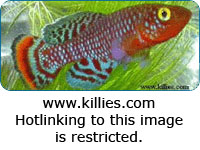
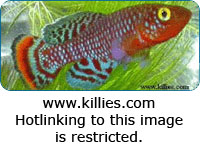
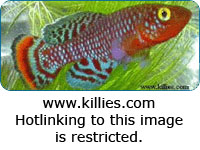
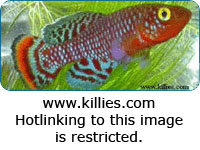
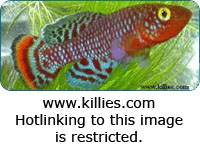

 Reply With Quote
Reply With Quote






Bookmarks